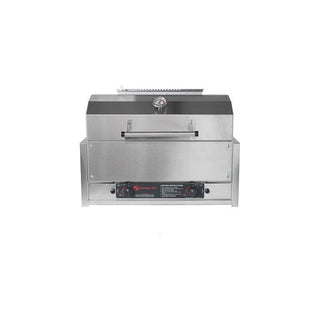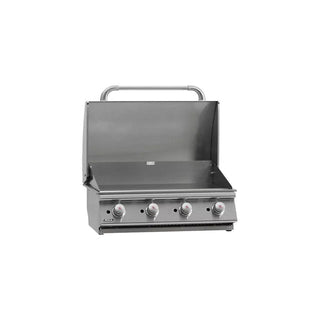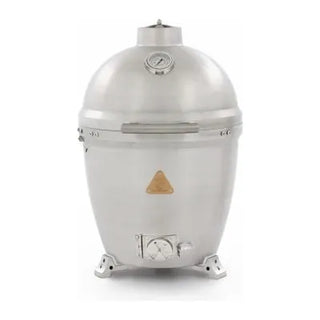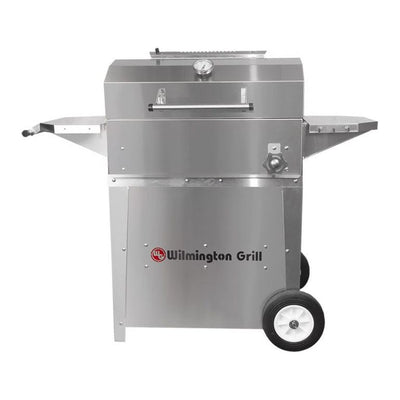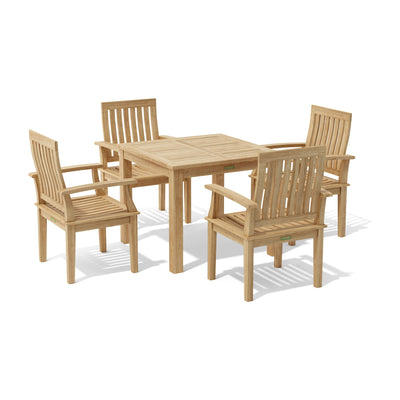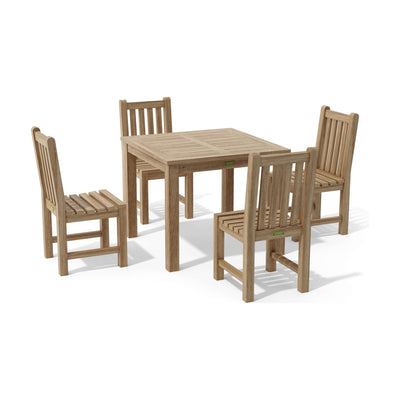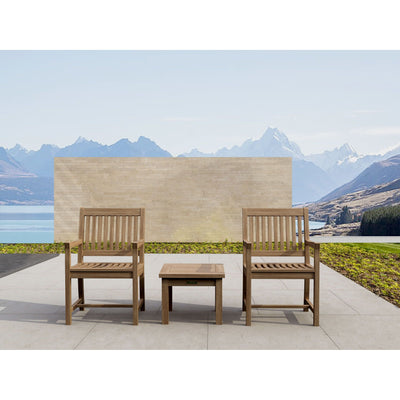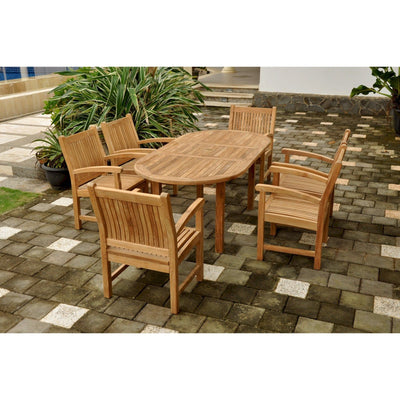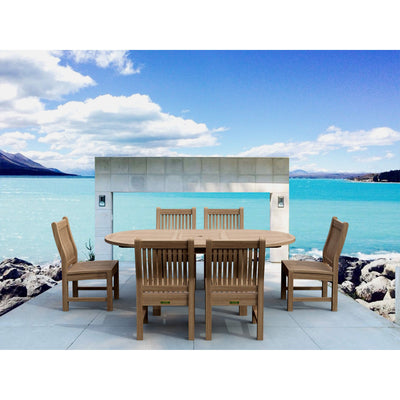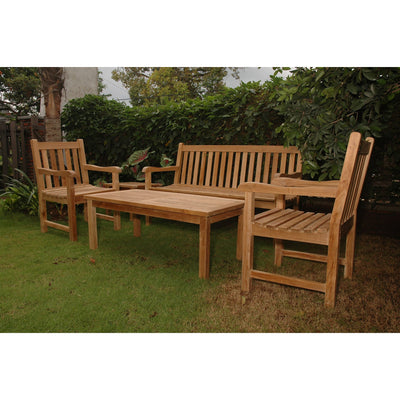
Whether you're a seasoned grilling enthusiast or just starting, understanding the nuances of grill heads can make all the difference. This guide covers everything from choosing between gas, charcoal, and hybrid options to exploring the latest features in temperature control and cooking surfaces. Join us as we delve into the world of grill heads, providing insights and tips to elevate your outdoor culinary adventures.
What is a Grill Head?
A grill head refers to the main cooking component of an outdoor grill setup, excluding the cart or base. It typically consists of the cooking surface, burners or heating elements, and essential temperature and heat distribution controls. Grill heads come in various types, including gas, charcoal, and hybrid models, each offering distinct cooking methods and flavors.
Benefits of Using Grill Heads
Grill heads offer a plethora of benefits that elevate outdoor cooking experiences, making them a popular choice among grilling enthusiasts. Here’s a detailed look at the advantages of using grill heads.
Versatility in cooking methods
Gas grills provide convenience, quick ignition, and precise temperature control. They are ideal for cooking a wide range of foods, from delicate vegetables to hearty steaks. You can create different temperature zones for simultaneous grilling and indirect cooking with multiple burners.
Charcoal grills are renowned for imparting smoky flavors to food. They allow for high-heat searing and low-and-slow cooking, making them versatile for grilling burgers, roasting whole chickens, or smoking ribs. Charcoal enthusiasts appreciate the traditional grilling experience and the distinctive taste charcoal imparts.
Combining the best of both worlds, hybrid grill heads offer the flexibility to use gas and charcoal. This versatility lets you choose your preferred cooking method depending on the occasion or prepared food.
Enhanced flavor profiles
Gas grills enhance flavor by adding wood chips or smoker boxes. These infusions impart smokiness to the food, mimicking the flavor profile of charcoal grilling to some extent. On the other hand, charcoal is prized for the intense, smoky flavors it imparts to food. The direct heat from burning charcoal caramelizes sugars and proteins, creating that classic grilled taste enthusiasts crave. You can achieve a range of flavors by using either gas for convenience or charcoal for traditional smokiness.
Control over cooking temperatures
Temperature control knobs allow for easy adjustment of heat levels, providing consistent cooking temperatures across the grill surface. While charcoal grills require more skill to control temperatures, experienced grillers can manipulate airflow and charcoal distribution to achieve specific heat levels. Hybrid grills offer dual temperature control, allowing you to cook different foods simultaneously at varying temperatures.
Types of Grill Heads

Grill heads come in various types, each offering distinct advantages and catering to different outdoor cooking needs. Understanding the differences can help you choose the right option for your space and lifestyle.
Built-in Grill Heads
Built-in grill heads are designed to be permanently installed into outdoor kitchen BBQ islands or countertops. They offer a seamless and integrated look, blending with the overall outdoor living space design. Built-in grills can be customized to fit your outdoor kitchen's dimensions and design preferences. These grills are typically high-performance models, offering powerful burners, multiple cooking zones, and advanced features such as infrared searing burners or rotisserie systems. They are ideal for homeowners creating a streamlined and cohesive outdoor cooking environment.
Freestanding Grill Heads
Freestanding grill heads are standalone units, including the grill head and a cart or base with wheels for mobility. They are versatile and can be placed anywhere in your outdoor space, from patios to decks. The portability of freestanding grills allows you to move them around your outdoor area. Many freestanding grills come with storage cabinets or shelves built into the cart, providing convenient storage space. Unlike built-in grills, freestanding grills can be set up quickly and easily without extensive construction.
Portable Grill Heads
Portable grill heads are compact and lightweight, designed for easy transport and use in various outdoor settings. They are typically fueled by propane or charcoal and offer convenience for picnics, camping trips, tailgating, or backyard barbecues. They are available in propane and charcoal versions, featuring simple assembly and quick ignition systems, allowing you to start cooking promptly without lengthy preparation.
Factors to Consider When Choosing a Grill Head
Several factors should be carefully considered when selecting a grill head to ensure it meets your outdoor cooking needs and preferences. Here’s a detailed look at key considerations.
Size and Cooking Area
The size of the grill head and its cooking area play a crucial role in determining its suitability for your outdoor space and cooking requirements. Consider how much cooking space you need based on the number of people you typically cook for and the types of meals you prepare. Pay attention to the overall dimensions of the grill head, especially if you have limited space in your outdoor area or are integrating it into a specific layout, such as a built-in kitchen.
Fuel Type
Grill heads are typically available in three main fuel types: gas, charcoal, and hybrid (gas and charcoal).
-
Gas is convenient and easy to use; gas grills offer quick ignition, precise temperature control, and minimal cleanup.
-
Renowned for imparting smoky flavors, charcoal grills provide high heat for searing and are versatile for different cooking techniques like smoking. They require more hands-on management of temperature and airflow but are favored by traditional grilling enthusiasts.
-
Hybrid grills offer versatility by combining the benefits of gas and charcoal. They allow you to choose between fuel types, offering flavor and cooking style flexibility.
Material
The construction material of the grill head affects durability, heat retention, and overall performance.
-
Stainless Steel: Commonly used for its durability and resistance to rust and corrosion, stainless steel grill heads are easy to clean and maintain. They offer excellent heat retention and a sleek appearance.
-
Cast Iron: Known for superior heat retention, cast iron grills distribute heat evenly across the cooking surface, resulting in consistent cooking. However, they require regular seasoning to prevent rust.
-
Ceramic: Ceramic grill heads, often seen in Kamado-style grills, provide excellent heat insulation and moisture retention. They are versatile for both grilling and smoking and offer precise temperature control.
Features and Accessories
Consider the additional features and accessories that enhance usability and cooking capabilities.
-
Temperature Control: Look for grills with adjustable burners or vents that allow precise temperature control, which is essential for achieving optimal cooking results.
-
Side Burners: Some grill heads include side burners for preparing sauces and sides or keeping food warm, adding versatility to your outdoor cooking setup.
-
Rotisserie Systems: Rotisserie systems provide even cooking and flavorful results for roasting whole poultry or large cuts of meat.
-
Storage and Prep Areas: Built-in shelves, cabinets, or prep areas near the grill head offer convenient storage for utensils, spices, and grilling accessories.
By carefully considering these factors—size and cooking area, fuel type, material, and features—you can select a grill head that meets your cooking needs and enhances your outdoor living experience. Whether you prioritize convenience, flavor, or versatility, choosing the right grillhead ensures enjoyable and successful outdoor grilling sessions for years.
Installation and Maintenance Tips
Proper installation and regular maintenance are essential to ensure your grill head operates efficiently and lasts for years:
Follow manufacturer guidelines or consult a professional for built-in installations to ensure safety and functionality. Freestanding and portable grill heads should be assembled according to the instructions for optimal performance.
For maintenance, regularly clean cooking grates, burners, and grease traps to prevent buildup that can affect performance and safety. Check gas connections for leaks and ensure charcoal grills are free of ash and debris after each use. Covering your grill head when not in use helps protect it from the elements and extends its lifespan.
Following these tips, you can enjoy safe and reliable grilling experiences with your grill head throughout the seasons.
Shop Now for Premium Grill Heads at Outdoor Indulgence
Transform your outdoor cooking with top-quality grill heads from Outdoor Indulgence! Whether you prefer the precision of gas, the classic taste of charcoal, or the versatility of hybrid models, Outdoor Indulgence offers a range of options to suit your grilling needs. Explore their collection for built-in, freestanding, portable grill heads crafted with durability and style. Elevate your outdoor culinary experience with reliable performance and exceptional design. Visit us today and discover the perfect grill head to enhance your space.
FAQs
Q. How do I choose between gas, charcoal, pellet, and electric grill heads?
Choose gas for convenience and quick heating, charcoal for traditional smoky flavors, pellet for consistent low-and-slow cooking with a wood-fired taste, and electric for indoor use or areas with strict fire regulations.
Q. What are the advantages of using a gas grill head?
Gas grill heads offer quick ignition, precise temperature control, and easy cleanup, making them convenient for efficient grilling sessions without charcoal or extensive preparation.
Q. What is the basic principle of grilling?
Grilling involves cooking food directly over an open flame or heat source, typically on a grill grate, to achieve caramelization, smoky flavor, and even cooking through radiant heat transfer.
Q. How to grill correctly?
Grill correctly by preheating the grill, cleaning the grates, oiling the food lightly, and maintaining appropriate heat levels for searing or indirect cooking, ensuring even cooking and flavorful results.
Q. What foods cannot be grilled?
Foods that are too delicate or have high water content, such as leafy greens, most fruits, and some types of fish may not grill well due to the risk of falling apart or drying out excessively.
















